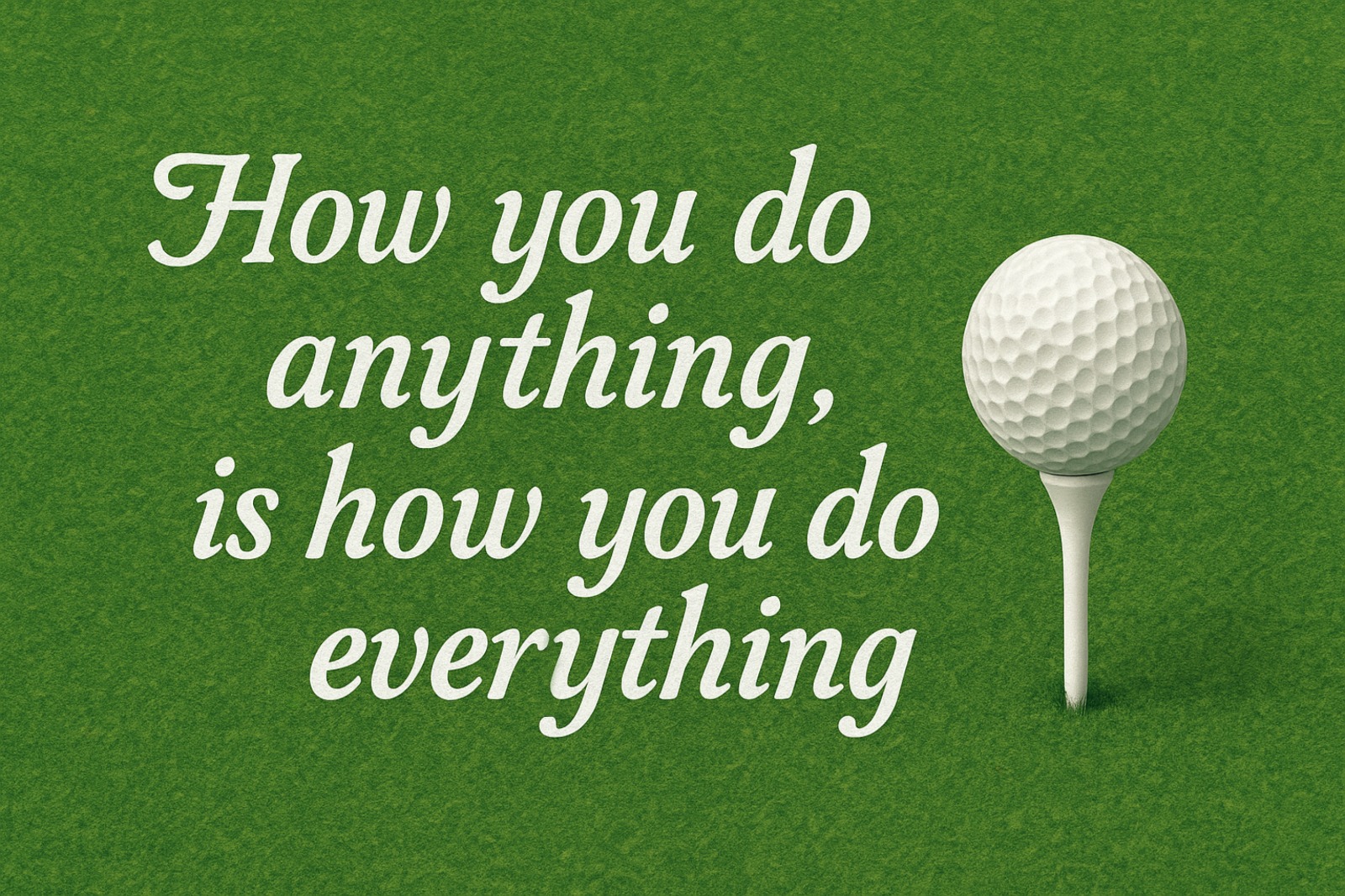I have learned this lesson many times over, and it doesn’t apply only to the Internet.
I learned that even if it’s written in a newspaper, it is not always the truth.
I learned that just because it’s on an Excel spreadsheet, it does not mean the numbers are correct. (Always verify the data and check the formulas.)
I recently received a forwarded email from several friends, and the information did not seem accurate.
The subject was, “The key to preventing moldy berries…is to wash them in vinegar.” My friends wanted to know if it was true.
So, I went straight to the source. I contacted our good friend Chuck at Driscoll’s, one of the largest strawberry growers, and asked him if it’s a good practice to wash berries in vinegar to prevent them from molding.
Chuck told me that the best way to prevent fresh berries from molding is to keep them cold! He said no amount of vinegar would substitute the good practice of maintaining the “cold chain.”
In produce industry lingo, the “cold chain” is the practice of cooling produce after harvest and keeping it at a consistently cold temperature through all the steps in transit, from trucks to warehouse to your supermarket shelves, and then on to your refrigerator at home.
So, what happens if you buy berries at a farmers market or fruit stand with no refrigeration? Chuck recommends that you consume any farmers market produce within the day you purchase it. “Without proper and modern, post-harvest handling and cooling, fruits and vegetables just don’t hold up,” Chuck says.
I agree with Chuck on this one. If I buy berries at a farmers market, I know to use them within a day (two at the max).
Chuck explained that the same holds true when purchasing produce in a supermarket. He says he’s very picky about the berries he buys, and he never purchases non-refrigerated berries at the supermarket. I, too, am a picky berry buyer! I always buy my berries from a refrigerated display, plus I turn the clamshell over and inspect closely for mold and shrivel.
Chuck also recommends shopping at stores that sell a lot of produce, because you’re probably getting fruit closer to harvest, which means a longer shelf life for you.
When you get your berries home from the store, keep them in the original clamshell package and place them in your refrigerator. Don’t wash them until right before you plan to eat them, and only take out the amount you need at that time. Put the remaining berries back in the refrigerator right away. And although you should always store them in the fridge, Chuck and I both agree that strawberries taste best when served at room temperature.
And what about washing berries in a vinegar solution? I don’t think it’s a good idea because you should not wash your berries until you are ready to consume them. And it would probably make them taste funky. Neither Chuck nor I have ever heard about the “vinegar” idea. I think it must be an urban legend!
If you want to know more about fresh strawberries, I recommend you check out the California Strawberry Commission. (Did you know there was such a thing?) It was started in 1993 and you can read all about its history and purpose.
Now that spring is here (today!), you will begin to see plentiful supplies of all kinds of fresh berries — strawberries, blueberries, raspberries, blackberries — in all your markets.
They are the perfect dessert — all by themselves.
Enjoy!
Karen




